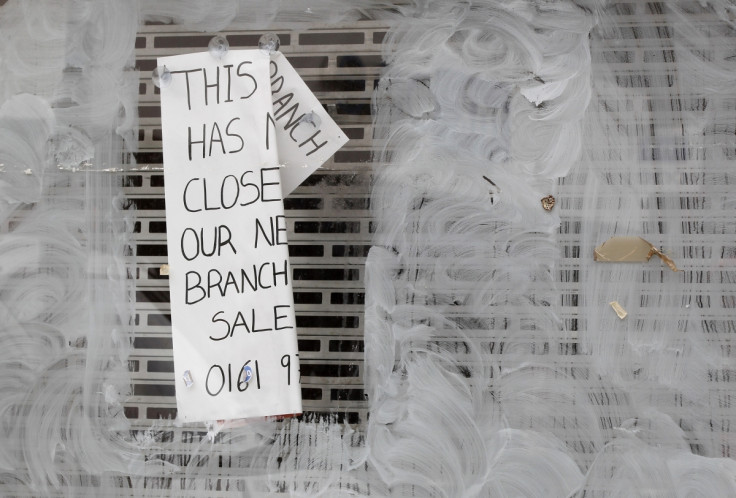Britain Has 'Too Many Shops' as 50,000 Lay Empty

Shop vacancy on Britain's forlorn high street fell to a near-four year low in 2013, but there are still "too many shops" in the country as 50,000 lay empty.
The Local Data Company said shop vacancy hit an average rate for the UK of 13.9% in December, the lowest since July 2010.
Retailers have been hard-hit by the economic slump after the financial crisis, as squeezed consumers tightened their belts.
But an economic recovery began in 2013, with the annual growth rate of 1.9% the fastest since 2007.
"2013 was a pivotal year for our town centres," said Matthew Hopkinson, director of the Local Data Company.
"It showed stabilisation of vacancy rates at a national level and saw the lowest vacancy rate recorded since mid-2010.
"Along with other key indicators such as house prices, GDP and unemployment you would not be wrong to identify 2013 as the year that the UK's economic recovery began."
However, Hopkinson added: "It is clear that Great Britain has too many shops, over 50,000 lie empty, and that technology will drive further consolidation. The speed of change is quickening and it is therefore more important than ever before to know which locations are thriving, surviving or dying."
There is also a sharp divide between the north and south. In the north east and north west, the shop vacancy rate in 2013 was a combined 17% - well above the national average of 12.2%.
"Of the top 10 worst town centres for vacant retail and leisure premises, all of whom are above 25%, 7 are in the North East or North West," said the Local Data Company report.
"Conversely, of the top 10 best performing town centres with the least vacant units, 6 are in Greater London."
There is also an increasing dominance of "mega malls", such as Westfield at Stratford, which have low vacancy rates but drain neighbouring high streets of their retailers.
© Copyright IBTimes 2025. All rights reserved.






















